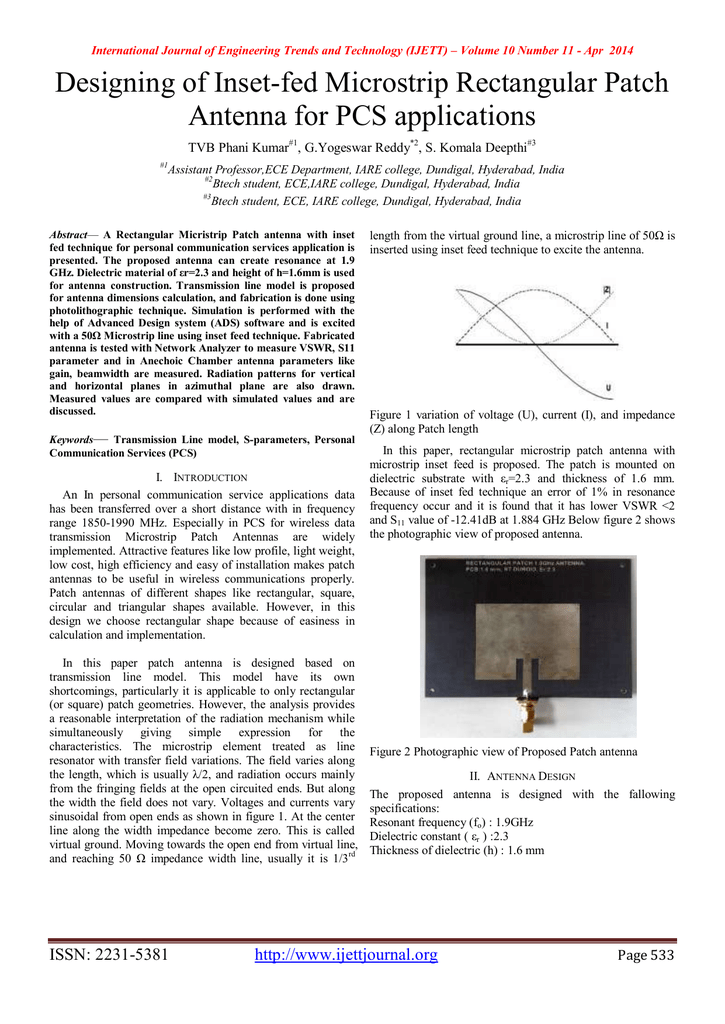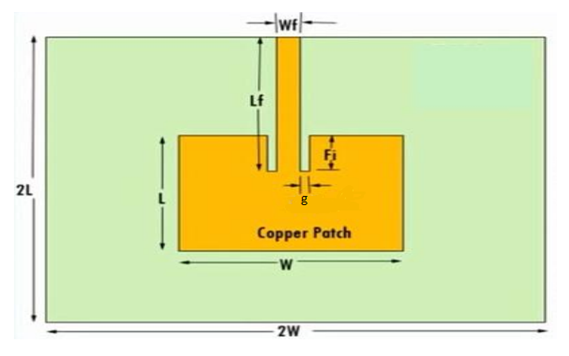

These structures include microstrip patch antennas, Radio Frequency Identification (RFID) tags, and metamaterial inspired resonators.

Such electromagnetic structures are promising candidates for wireless SHM as their resonant frequency, which is sensitive to their physical dimensions, can be exploited for measurement. Details on the different methods used for developing passive wireless sensors for SHM can be found in two recent review articles. More recently, the concept of passive wireless strain sensors based on various types of electromagnetic resonators has been introduced to reduce the complexity of traditional wireless sensors by eliminating the need for integrated communication components and power sources. The complexity, large size, added weight, and the limited lifetime of batteries (power source) restrict the integration of such sensors in SHM systems. Wireless strain sensors, powered by an external power source/integrated battery unit, have been extensively studied in the literature. However, the required wiring to connect and power these sensors is a major issue for the broad adoption of SHM. These sensors include resistive strain gauges, piezoelectric transducers, fiber optic sensors, and many more. In addition, sensor based health and usage monitoring systems utilize several types of sensors to monitor strain or crack growth in the structure. These methods are based on a variety of physical phenomena such as eddy current, thermal/infrared and electromagnetics. In the last few decades, technological advances and state-of-the-art engineered materials have enabled researchers and engineers to develop several novel methods for Structural Health Monitoring (SHM).


 0 kommentar(er)
0 kommentar(er)
